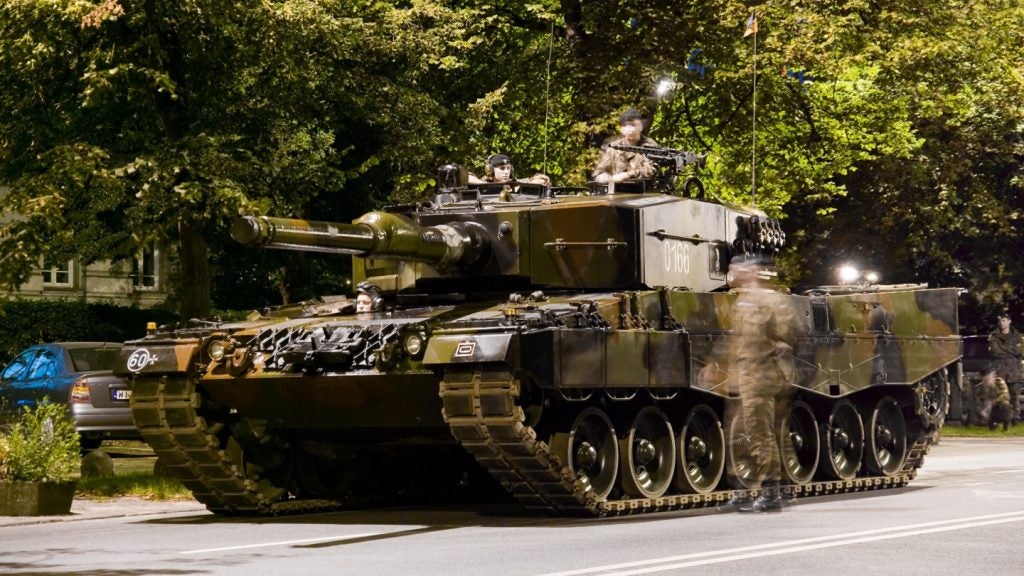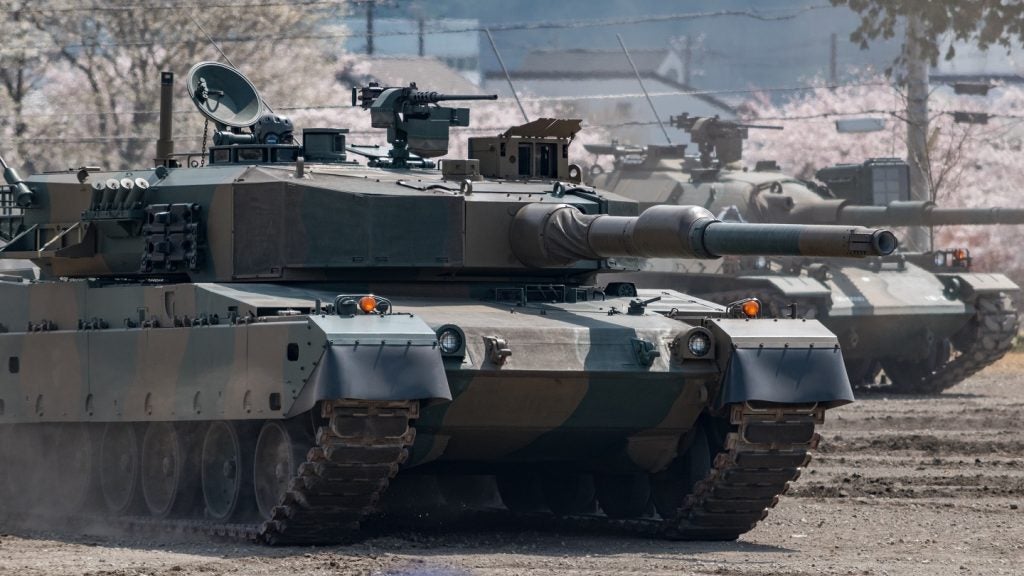
Leading intelligence from GlobalData tells us that the Indian government will increase its cumulative defence spending to $445.7bn between 2024-28. This constitutes a compound annual growth rate (CAGR) of 4.96%, after an 8.8% spike between 2023-24.
The acquisition budget share of the $445.7bn value is estimated to be approximately 28%, amounting to $123.2bn, GlobalData forecasts. The country’s acquisition expenditure, which recorded $19.7bn in 2023, is anticipated to grow at a CAGR of 5.9% to reach $27.4bn in 2028.
As it stands, India is already the second-largest military spender in the Asia-Pacific region after China. This considerable jump in the country’s cumulative defence expenditure in the given period, and where the capital will be allocated, tells us a lot about India’s ambitions for its domestic industrial base and its self-reliant defence posture in the near future.
A stronger domestic industrial base
Over the period 2018-23, India has sanctioned several defence deals to modernise its inventory and has started reserving a significant part of the budget for the procurement of indigenous defence equipment. In continuation of the trend, the FY23 budget reserved about 75% of the defence acquisition budget to fund the procurement from domestic enterprises.
GlobalData Defence analyst Abhijit Apsingikar states: “Although the reservation of defence acquisition funding for domestic procurement impacts the prospects of the outright procurement of imported equipment, the liberalization of defence sector now allows as much as 74% foreign direct investment (FDI) through automatic route and up to 100% through government approval.
“As such, foreign OEM’s now have the option of either partnering with local companies or to setup fully owned subsidiaries to operate within the Indian defense sector.”
India’s Bharat Heavy Electricals Limited (BHEL) had finalised an agreement with Ukrainian Zorya-Mashproekt to licence manufacture marine gas turbine engines within the country in 2021. However, the Russia-Ukraine war in 2022 led to the disruption of critical spares and components which were previously sourced from Ukraine.
It is anticipated that the European and US gas turbine manufacturers are likely to exploit the opportunities arising out of these geopolitical developments. Several other weapons procurement and upgradation programmes such as the S-400 air defence system and Su-30MKI modernisation have also been impacted. These factors have compelled the Indian Armed Forces to reduce the reliance on imports and replace them with indigenous systems soon.
Self-reliance
Apsingikar comments: “The Indian defence budget is majorly driven by the need to acquire next-generation technologies to facilitate the expansion of the indigenous defence manufacturing industrial complex.
“Furthermore, increased focus on armed forces equipment modernisation programmes along with the creation of Integrated Battle Groups (IBGs) to counter the rapidly evolving regional security scenario is anticipated to drive the investments in the Indian defence sector.”
These features of Indian defence policy extracted from the indicators from this budget expansion tell us that the Indian government are pursuing a self-reliant defence policy as they deal with the threat from neighbouring China.
A Centre for New American Security (CNAS) discussion of the Sino-Indian border dispute on 30 March 2023 asstered that the US ought to help “India improve its maritime and naval capabilities [which] will enable India to remain a dominant maritime power in the Indian Ocean region at a time when China is making inroads into the Indian Ocean.
“This is important because it reduces China’s bandwidth to continue to push along the LAC [line of actual control] as a new front is opened up in the Indian Ocean,” Derek Grossman stated in the CNAS panel discussion.
Contrary to this suggestion, Apsingikar points out that the Indian government’s acquisition budget is focussed on land platforms rather than naval assets.
Strengthening its land domain capability, followed by its air force capacity, India is expected to continue ramping up its defensive posture along the LAC.








